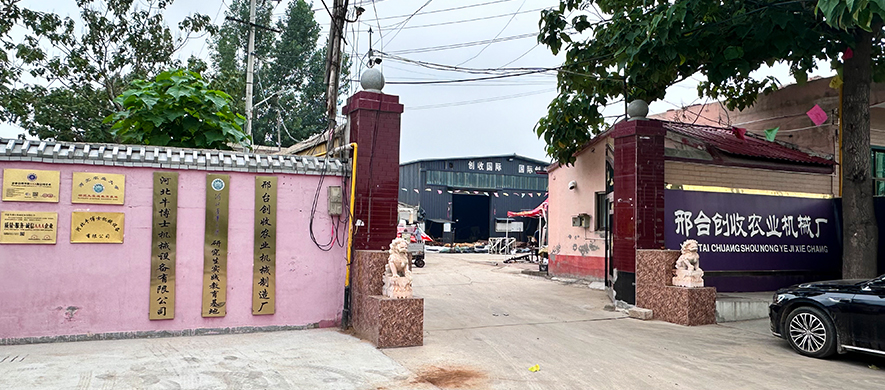hay windrower
The Hay Windrower Revolutionizing Hay Production
The agricultural world has seen significant advancements over the years, and one of the innovations that has revolutionized the process of hay production is the hay windrower. This machine plays a crucial role in the farming industry, enhancing efficiency and productivity while reducing labor costs. Understanding its design, function, and benefits is essential for modern farmers looking to optimize their operations.
What is a Hay Windrower?
A hay windrower, also known as a swather, is a piece of agricultural equipment designed to cut and lay down grass or hay in rows, known as windrows, for efficient drying and collection. Unlike traditional mowers that simply cut the crop and leave it lying flat on the ground, windrowers create organized lines of cut grass that promote better air circulation. This design significantly accelerates the drying process, which is crucial for producing high-quality hay.
The Mechanism Behind Hay Windrowers
Hay windrowers come in various designs, including self-propelled machines and towed versions. The core function of the windrower involves a cutting mechanism equipped with sharp blades, which slice through the vegetation at a specified height. After cutting, the material is transferred to a series of rollers or belts, which then form it into neat rows. Many modern models include features such as adjustable cutting heights and widths, allowing farmers to customize their operations based on different crop types and conditions.
Advantages of Using a Hay Windrower
1. Efficiency in Hay Production The primary advantage of a hay windrower is its ability to maximize efficiency. By cutting and laying down hay in windrows, farmers can significantly reduce the time it takes for hay to dry, which is critical for preventing spoilage and ensuring high nutritional quality.
hay windrower

2. Labor Reduction Windrowers automate the process of cutting and organizing hay, reducing the amount of manual labor required. This is particularly beneficial in larger farming operations where labor resources may be limited. As a result, farmers can focus on other essential tasks or manage more land with the same workforce.
3. Better Crop Quality When hay dries properly and quickly in windrows, there is a lower risk of mold and rot. Windrowers help maintain the integrity of the nutrient profile within the hay, resulting in a higher quality end product that is more appealing to livestock.
4. Versatility Modern windrowers are designed to handle various types of crops, including alfalfa, clover, and grass. This versatility makes them adaptable to different farming practices and crop types, ensuring farmers can use them year after year.
5. Cost-Effectiveness Investing in a hay windrower can lead to significant long-term savings. While the initial purchase price may be considerable, the reduced labor costs, increased efficiency, and enhanced crop quality often result in a favorable return on investment.
Future Developments
As technology continues to evolve, hay windrowers are likely to become even more advanced. Innovations such as GPS guidance systems for precision farming and improved cutting technologies are making these machines smarter and more efficient. Additionally, the integration of automation and smart farming practices will enable farmers to monitor and optimize their hay production processes in real-time.
Conclusion
In summary, the hay windrower stands as a testament to the importance of innovation in agriculture. Its ability to streamline the hay production process, combined with the benefits of reduced labor and improved crop quality, makes it an indispensable tool for farmers worldwide. As agriculture continues to embrace technology, the hay windrower will undoubtedly play a vital role in shaping the future of farming, ensuring that producers can meet the growing demands for high-quality forage throughout the globe. For those in the farming industry, investing in a hay windrower is not just a practical decision—it is a strategic move towards a more sustainable and productive future.
Latest news
-
When to Upgrade Your Old Forage HarvesterNewsJun.05,2025
-
One Forage Harvester for All Your NeedsNewsJun.05,2025
-
Mastering the Grass Reaper MachineNewsJun.05,2025
-
How Small Farms Make Full Use of Wheat ReaperNewsJun.05,2025
-
Harvesting Wheat the Easy Way: Use a Mini Tractor ReaperNewsJun.05,2025
-
Growing Demand for the Mini Tractor Reaper in AsiaNewsJun.05,2025







